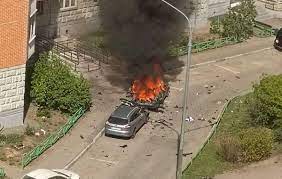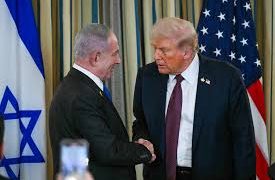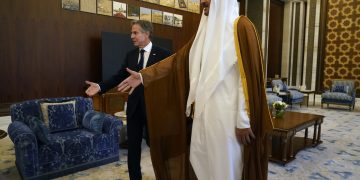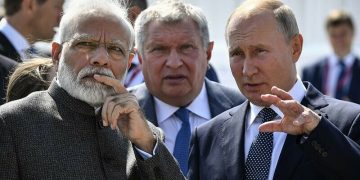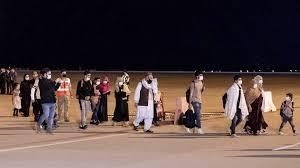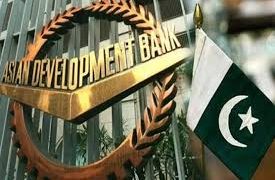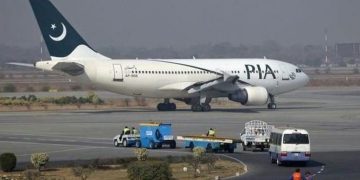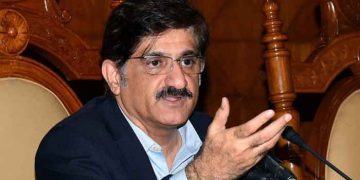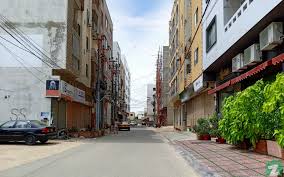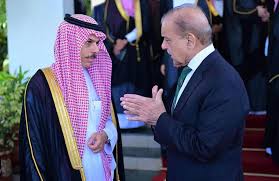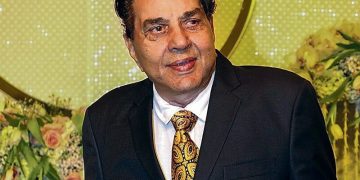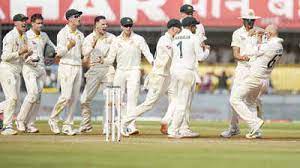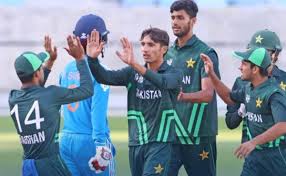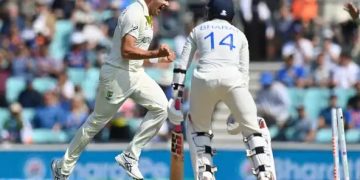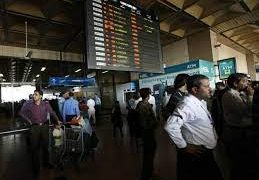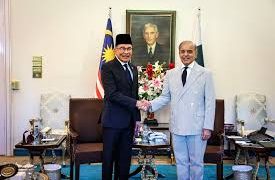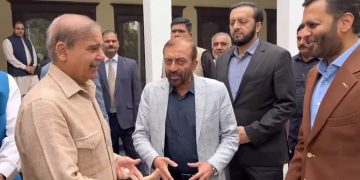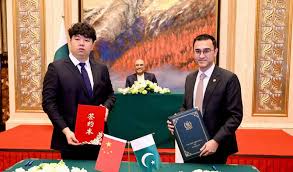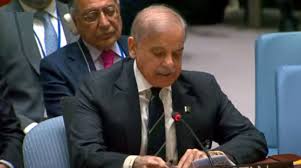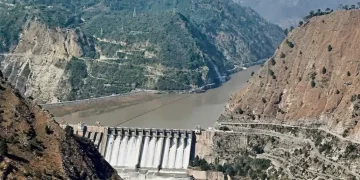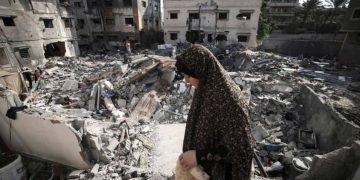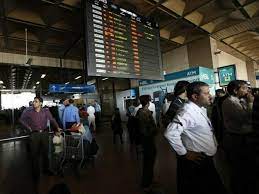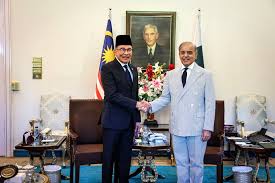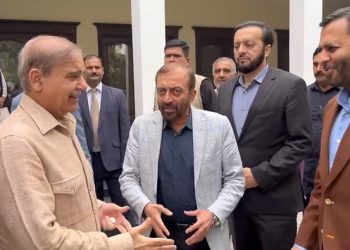P
akistan Air Force (PAF) is the professional force protecting the airspace of Pakistan. Despite its confined resources, the triumphs that Pakistan Air Force has achieved in a short period of time are very few in any organization, which is proved by the combat history of this organization. This is the reason why Pakistan Air Force pilots are among the finest pilots in the world.
Written by: Urooj Nadeem
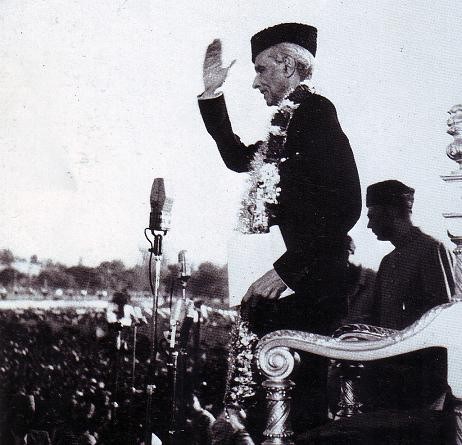
The founder of Pakistan, Muhammad Ali Jinnah, while demonstrating the significance of this institution in Risalpur in view of the integrity of Pakistan, said:
“There is no doubt that any country without a strong Air Force is at the mercy of any aggressor. Pakistan must build up her Air Force as quickly as possible. It must be an efficient Air Force second to none.”
History of Pakistan Air Force
In 1933, the British Government of India established the first Air Force Station of the subcontinent near Drigh Road in Karachi, which is now called “Shahra-e-Faisal Air Force Base”.
In 1934, this base of the Indian Air Force was extended to the north. And the first air operations were launched in the Hindu Kush Mountains and the Frontier Province.
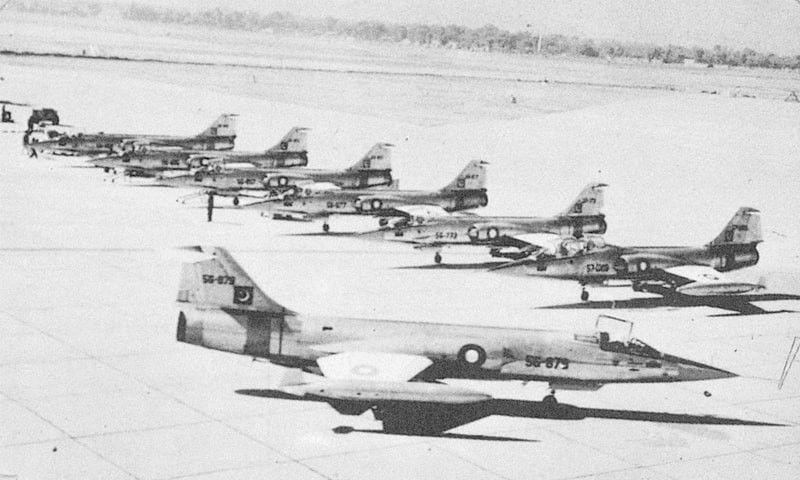
During World War II, European spy planes patrolled the Arabian Sea, the Indian Ocean, and the Bay of Bengal, operating from a string of coastal air bases, including Drigh Road.
Then came the great trial for India’s fledgling Air Force. This included providing air support to British-led land and naval forces in an effort to expand Japanese military presence on the subcontinent.
By the time the war came to an end, the IAF was nearly a decade old. It consisted mostly of British personnel but also included some Indian nationals, including a handful of Muslim pilots, engineers and ground crew. The ‘IAF”s outstanding contribution to the defeat of the Japanese invasion was greatly appreciated and in a nod to the colonial era, the ‘Royal’ was added to its name, making it the ‘RIAF’.
After the end of World War II, Britain was too weak to resist the demands of the South Asian people for independence. Pakistan and India came into existence as two independent states on 14 and 15 August 1947. In the allocation of resources, a large part of the military assets went to India, and due to Indian hostility towards the newly born Muslim state of the subcontinent, Pakistan’s army, navy and air force denied to have fewer and smaller weapons and other supplies, which was in the subcontinent.
Read more: http://www.paf.gov.pk/#/history
The Royal Air Force came into existence soon after the existence of Pakistan. Pakistan Air Force had 2332 personnel and in addition 24 Hawker Tempest fighter aircraft, 16 Hawker Typhoon fighter aircraft, 2 Halifax bomber aircraft, 2 Auster aircraft, and 12 Harvard aircraft. (Harvard) training aircraft and 10 Tiger Moth (Tiger Moth) general aircraft. Apart from this, they also had 8 Dakota ships which were used to transport soldiers to the battlefield in the 1948 war against India. It also had 7 airfields located in all the provinces of Pakistan. Royal Pakistan Air Force was renamed Pakistan Air Force on 23 March 1956.
Read more : https://ur.m.wikipedia.org/wiki/%D9%BE%D8%A7%DA%A9_%D9%81%D8%B6%D8%A7%D8%A6%DB%8C%DB%81
The combat capability of Pakistani and Indian Air Forces
Just as Pakistan was deprived of other assets at the time of partition of India, similarly our air force was not given its share of manpower and aircraft, but despite this our air force today is fully alert to safeguard our skies. Today, we are not only building small planes ourselves, but with the help of our companion China, the production of the JF-17 Thunder has also started.
Conditions of Pakistani and Indian Air Force at the time of partition of India
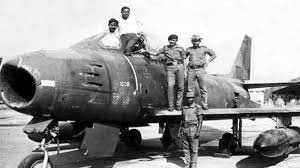
The name of the Air Force at that time was the Royal Air Force of Pakistan, the condition of which can be estimated from the fact that its total strength consisted of 2232 people. These handfuls of young men and officers are the main architects of today’s strong Pakistan Air Force. Who not only built the Pakistan Air Force on a strong foundation but also provided a strong foundation for today’s pilots to fly the latest F-16 and JF-17 Thunder aircraft. Produced a batch of brave pilots like Alam, Alauddin, Rashid Minhas, and Munir. At the time of Pakistan’s establishment, our Air Force had only 122 aircraft of various types, including 32 Dakotas, 35 Tempus, 29 Howards, 16 Tigermouths, 3 Asterfives, and seven Asar 6, which were distributed among the station headquarters at Kohat, Chaklala, and Risalpur. At that time our air force had only one flight squadron.
Read more: https://dunya.com.pk/index.php/special-feature/2014-09-07/10425
Combat capability of Pakistan and Indian Air Force at the time of 1965
At the time of the 1965 war, the Pakistan Air Force had 148 aircraft compared to India’s 532 fighter jets.
Read more: https://dunya.com.pk/index.php/special-feature/2014-09-07/10425
Current combat capability of Pakistani and Indian Air Force
The Indian Air Force is considered to be the fourth largest air force in the world in terms of its fighter jets. The US Air Force has more than 5,000 aircraft, Russia has 2,244, China has 2,656, and India has around 1,600.
According to a Dawn News research report, the current combat capabilities of the Pakistani and Indian Air Forces are as follows.
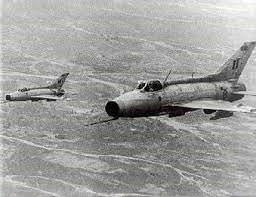
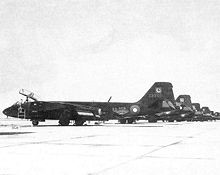
Currently, the Indian Air Force has 473 fighter aircraft and 135 attack aircraft and 13 different types of surveillance aircraft. There are 6 fuel tankers, 251 transporters, 429 helicopters and 429 training aircraft for
aerial refueling. Indian Air Force has recruited a large manpower to handle this entire air force. India has 7 air commands and 60 air base operations. Apart from this, the Indian Navy has also established separate formations for its aircraft carriers.
Read more: https://www.dawnnews.tv/news/1099289
According to a BBC News research report, the combat capabilities of the Pakistani and Indian air forces are as follows:
India has 2185 aircraft compared to Pakistan’s 1281 aircraft.
Of these, Pakistan has 320 and India has 590 fighter planes, while 804 Indian and 410 Pakistani planes are bombers.
India has 708 and Pakistan has 296 transport aircraft.
Read more: https://www.bbc.com/urdu/pakistan-47388980
Pakistan Air Force has always crushed the pride of other Air Forces 5 times bigger than itself that is the reason why the performance of our pilots is discussed in the Air Force Academies of many countries and lessons are learned from it.
Background of the 1965 war
If seen, we know that Kashmir has always been an issue of conflict between Pakistan and India. The war of 1965 took place after Pakistan Army’s “Operation Gibraltar” in Indian Occupied Kashmir.
Quaid-e-Azam used to call Kashmir the aorta of Pakistan, it was one of the reasons that all our rivers originate from Kashmir, which India was trying to block by building dams. Even after Quaid-e-Azam’s death, Pakistanis continued to struggle to get Kashmir and when pressure mounted on India, they demanded a cease-fire. At that time, Pakistanis had a good chance to get Kashmir, but our then government supported the ceasefire and thus the opportunity to get Kashmir was lost. After the establishment of Pakistan, the United States extended the hand of friendship to Pakistan, but at that time, Pakistan thought it better to be friends with China while acting prudently. In 1962 when the China-India war broke out, Pakistan got a chance to get Kashmir, but Pakistan also lost that chance. In 1963, negotiations on Kashmir were held between Pakistan’s Foreign Minister Bhutto and Indian Foreign Minister Soran Singh and Kashmir was declared disputed by India. The Pakistani government was assured by foreign officers that India would confine the war to Kashmir and not cross the international border. Keeping this in mind, the army continued operations in Kashmir. When the pressure on India increased, the Indian army planned to attack Lahore and Sialkot.

The prominent and well-known weekly American magazine “The New York Times” correspondent (Lucie Carr) wrote while commenting on this seventeen-day war between Pakistan and India.
“Who can defeat this nation that knows how to play with death.”
Read more: https://www.nawaiwaqt.com.pk/06-Sep-2014/327065
It is difficult to find a precedent for the valor and courage with which they have defeated an Air Force many times bigger than themselves.
On the morning of September 6, the Indian Air Force attacked Lahore as per its strategy. At the moment of this attack, the Pakistani pilots were flying in the skies of Sialkot. When they got the report of this attack, they immediately turned towards Amritsar Wagah Road. That road was full of Indian tanks, guns, and armored vehicles. Our Shaheens began firing rockets at them and in a few minutes cannons, tanks, and armored vehicles were seen burning all over the road. Thus, the Shaheens successfully defended Lahore by destroying the heavy weapons of the enemy.
The PAF fleet at that time consisted of 12 F-104 Starfighters, 120 F-86 Sabers, and around 20 F-57 Canberra bombers. While the Indian Air Force attacked with 729 aircraft. Due to the lack of aircraft, it was decided to attack the Indian military bases under Air Marshal Noor Khan’s plan. So that most of the enemy planes will be destroyed on the ground. This plan was intended to target the four combat bases of the Indian Air Force, Halwara, Pathankot, Adampur, and Jampur. Among these attacks, the attack on Pathankot was the most successful. Pathankot Air Base, located near the border of Jammu in the state of Punjab, was a major combat base of the Indian Air Force. But it is two hundred miles away from Peshawar. Therefore, our planes had to take surplus fuel and the amount of ammunition automatically decreased. Now the Shaheens had only to destroy the planes stationed at Pathankot by shooting. Squadron Leader Ghani Akbar was also involved in this attack. When he began coming after completing his mission, he saw an Indian plane. Since he was only allowed one attack each. But he refused to return without destroying the enemy aircraft, and launched another attack, destroying the enemy aircraft. Here we again witness the enthusiasm of our Shaheens that despite the deficiency of fuel and the forbidding of the officers, they took the danger and completed their mission.
On the morning of September 7, the Indian Air Force attacked Sargodha Air Base. Because they knew that Sargodha was the biggest combat base of the Pakistan Air Force. As if 50% of the strength of the Pakistan Air Force was present in Sargodha at that time. They wanted to establish their rule in the airspace by destroying our planes. They made several attacks on Sargodha at intervals, but our Shaheens successfully countered them and proved their air supremacy and not only defended themselves successfully but struck terror into the souls of the enemy.
MM Alam’s role in the 1965 war
یہ غازی یہ تیرے پُراسرار بندے
جنہیں تو نے بخشا ہے ذوقِ خدائی
دو نیم انکی ٹھوکر سے صحرا و دریا
سِمٹ کر پہاڑ ان کی ہیبت سے رائی
The role of the armed forces of Pakistan in the war of 1965 is commendable, but the contribution of MM Alam in causing massive losses to the enemy cannot be forgotten.
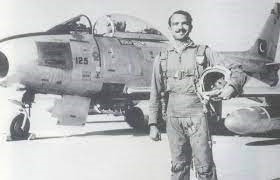
When the Pakistan Air Force attacked the enemy’s airfields on September 6, the Indian Air Force attacked the Sargodha Air Base on September 7 with the intention of revenge. In the 1965 war, Squadron Leader MM Alam destroyed two enemy warplanes and damaged three on September 6. In recognition of this bravery, he was awarded the Star of Courage. When news of the attack came on September 7, MM Alam flew his F-86 into the airspace of Sargodha. Meanwhile, he saw two enemy fighter planes in the air. He hit a hunter with a missile. The Indian pilot in it got out before the plane crashed. A few moments later, MM Alam saw four fighter jets. After that, a duel took place in the atmosphere of the historical area of the Chenab River. The four hunters were chasing after each other. MM Alam opened his plane’s six guns on them and shot down all four in less than a minute.
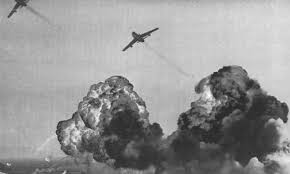
MM Alam was once again awarded the Star of Courage for his amazing feat. MM Alam in his interview speaks about the battle that took place that day “An hour before sunrise I seated in my cockpit and fell asleep for a while. After that, a pilot came and knocked the fuse of our aircraft and as soon as I opened my eyes, Bismillah came out of my tongue, I knew that something would happen in this battle.
Foreign Office Spokesperson Dr. Muhammad Faisal paid tribute to MM Alam and said “His flying skills, regularity, and professionalism are unparalleled in the history of the Air Force”.
Battle outcomes related to Pakistan Air Force in the 1965 war
In this seventeen-day war, Pakistan Air Force had absolute air supremacy. Our air force went and bombarded the Indian air bases which were located deep away from the Indo-Pak border.
Read more: https://www.nawaiwaqt.com.pk/06-Sep-2014/327065
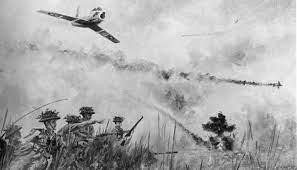
In Pathankot, Pakistan Air Force destroyed ten Indian aircraft and damaged several others. In the 17-day war of 1965, Pakistan destroyed a total of 35 aircraft in the air and 43 on the ground, while 32 Indian aircraft were targeted by anti-aircraft guns. Thus, a total of 110 Indian aircraft were destroyed and only 19 Pakistani aircraft were used in the defense of their country.
Read more: https://jang.com.pk/news/677114
This data is a testament to the unparalleled performance of our Pakistan Air Force.
Pakistani pilots’ revelations about the 1965 war
Our Shaheen in the 1965 war who were defending our country at that time. He has narrated some incidents of his and other colleagues’ enthusiasm which are as follows.
In an interview with the BBC at the operational base of the Pakistan Air Force, Pakistani Shaheens said, “The enemy looked quite confused. We shot down 14 fighter jets of the Indian Air Force. They were firing at us but we forced them to flee and inflicted a lot of damage on them.”
Air Commodore Sajjad Haider, talking about his Squadron 19 in the 1965 war, says, “The Indian Air Marshal says that the attacks on Wagah and Pathankot were disastrous. They were completely demolished. We claimed to have destroyed 11 Indian aircraft when we attacked them. And now in 2010, the Indians have confirmed that 13 warplanes were destroyed in the same first strike.”
Squadron Leader Ghani Akbar in an interview, while explaining the incident of the attack on Pathankot, says that before the attack on Pathankot, we had a briefing that each pilot would carry out two attacks and that was because we did not have enough petrol. That we can get back. When I destroyed an aircraft in the second attack, I noticed an aircraft in flames that was not yet destroyed. Just then I decided that I should make a third attack, and we were not allowed to do so. Despite the shouts of the officers, in the name of Allah, I had decided that if I do not reach Peshawar, I will land in Sargodha, but this is not to leave the aircraft.




